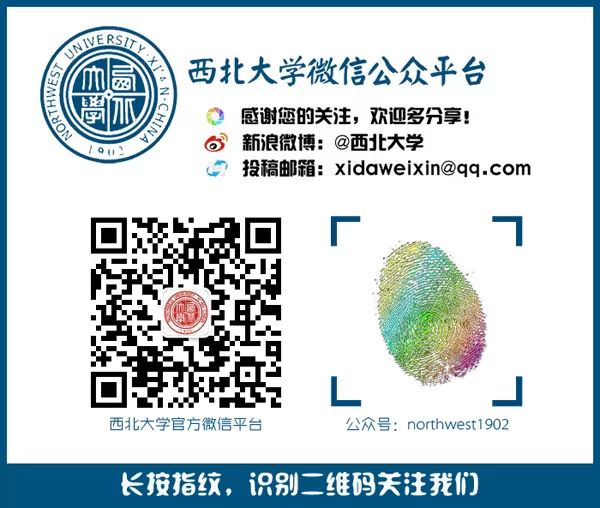The BBC aired a major documentary titled “The Shocking Secrets of the Terracotta Army” on October 16, 2016, featuring a scene where a researcher holding a 3D scanner is scanning newly unearthed artifact fragments and cranial remains. This researcher is from Northwest University. What exactly is he doing? Let’s take a look!
Interviewing Experts
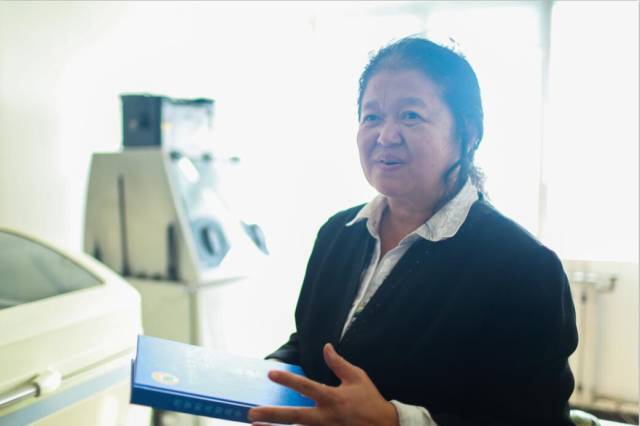
Li Kang, Ph.D., lecturer at the School of Information Science and Technology at Northwest University, and researcher at the National and Local Joint Engineering Research Center for Cultural Heritage Digitalization, is engaged in digital modeling and data processing of cultural heritage.
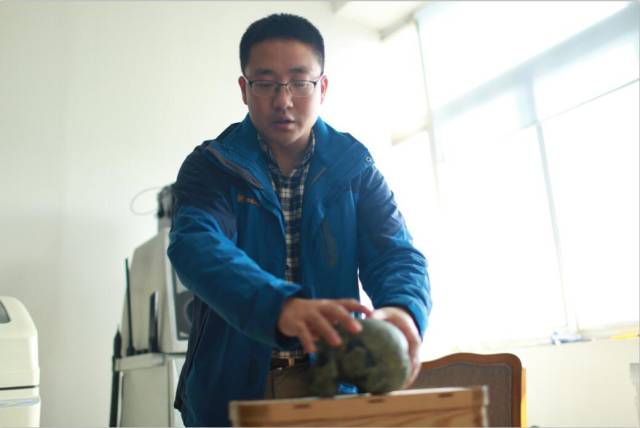
Geng Guohua, doctoral supervisor, professor at the School of Information Science and Technology at Northwest University, director of the National and Local Joint Engineering Research Center for Cultural Heritage Digitalization, and a national-level teaching master.
Traveling through a thousand years, to see your face
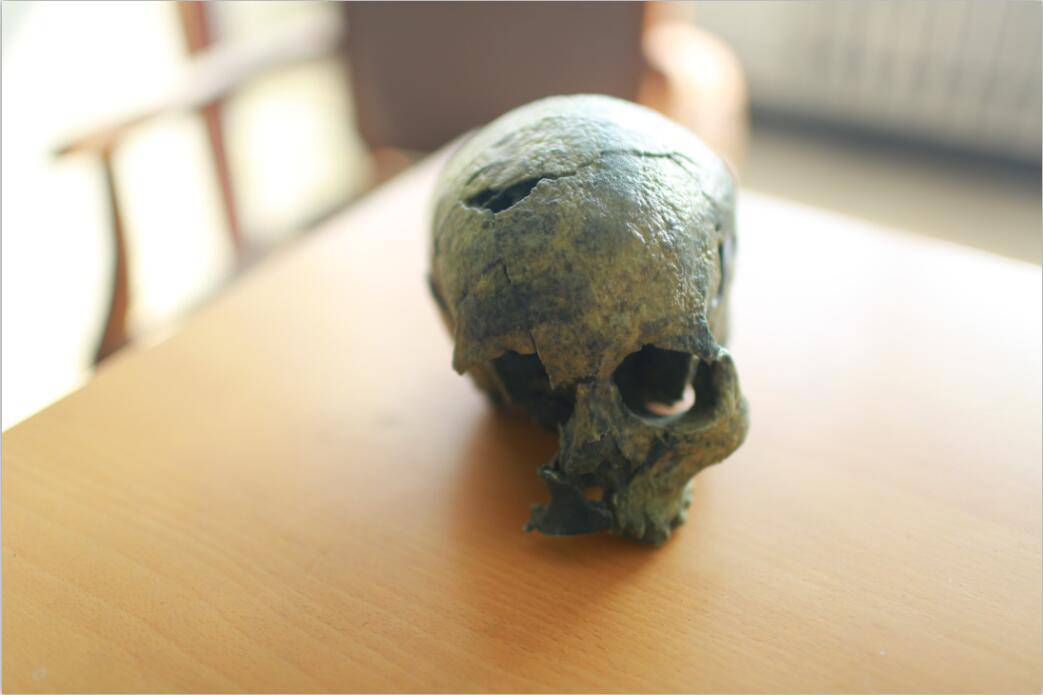 The image shows a 3D printed physical reproduction of a female skull from the Qin Tomb
The image shows a 3D printed physical reproduction of a female skull from the Qin Tomb
(Scale 1:0.75)
“This female skeleton is one of the latest discoveries from the second pit of the Qin Emperor’s Tomb (hereinafter referred to as ‘Qin Tomb’) unearthed in 2016,” Li Kang explained to reporters. “It has attracted attention for two special reasons compared to other unearthed cranial remains.”
“First, it was a seated burial. According to archaeological experts, the entire skeleton was found stacked together, with the skull on top. Multiple female skeletons unearthed at the same time exhibited this arrangement, indicating that they were all buried in a seated position.”
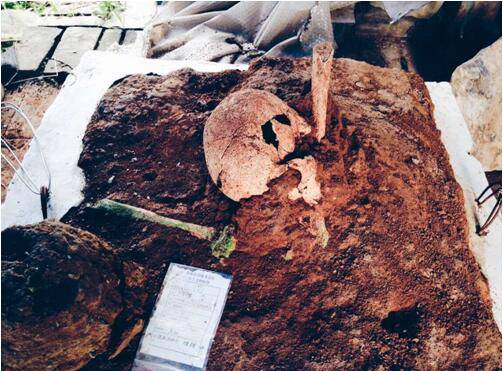 (The image shows the skeletal arrangement at the time of excavation)
(The image shows the skeletal arrangement at the time of excavation)
“Second, after analysis by Qin Tomb experts, it was concluded that they were all from the Qin Dynasty, and the average age at burial was relatively young, around 15-20 years old. Based on burial practices, scale, and age at burial, it is speculated that these may be the remains of Qin Dynasty maidens.”
– What is interesting about a female skeleton from a thousand years ago?
– Researchers from Northwest University are reconstructing her appearance…
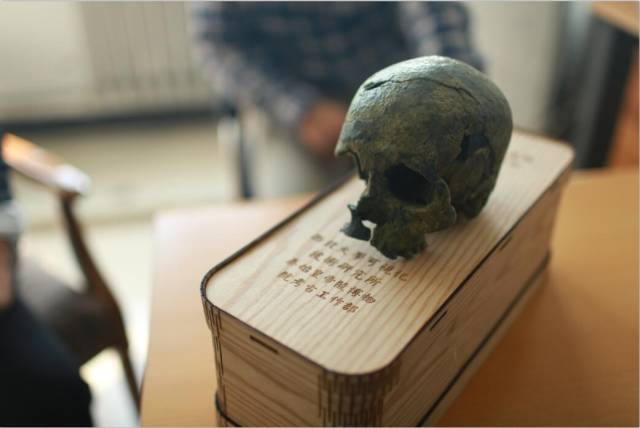
The research team led by Geng Guohua at the National and Local Joint Engineering Research Center for Cultural Heritage Digitalization at Northwest University has used a series of technical methods to perform craniofacial reconstruction of the Qin Dynasty maidens’ skulls.
The unearthed skulls were first subjected to protective treatment by Qin Tomb experts, and then the center’s researchers selected the skull with the “best preserved condition” from the group of female skeletons unearthed.
“The selected skull has missing bone in the right eye socket, and there are many holes of varying sizes on the skull. The jawbone is also missing, and the overall integrity of the skull is low, but this is the most complete skull among this group,” Li Kang said.
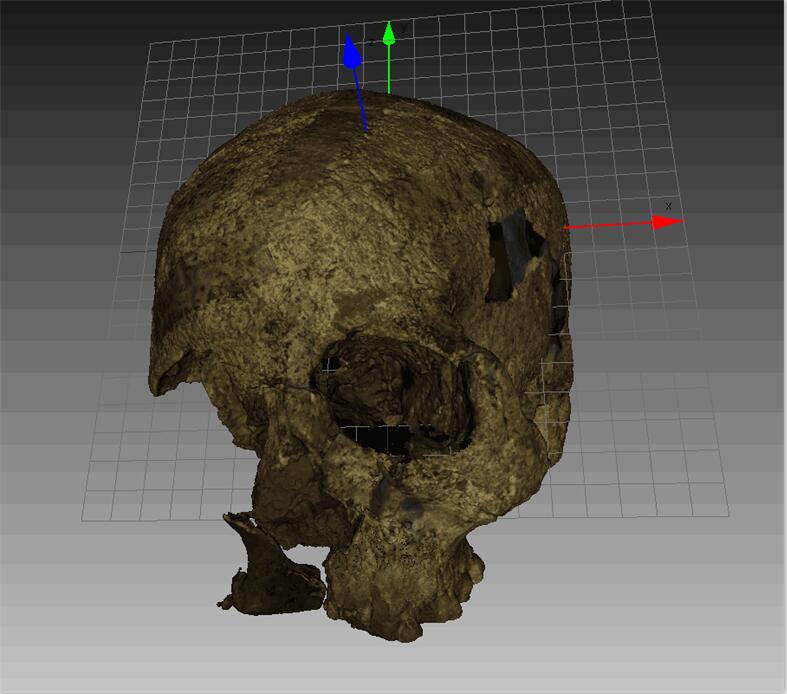 (The image shows the 3D model of the Qin Tomb female skull)
(The image shows the 3D model of the Qin Tomb female skull)
After selecting the skull, researchers and Qin Tomb experts jointly digitized it.Researchers used a handheld laser 3D scanner to scan the skull, obtaining accurate 3D point cloud and surface color data that reflect the geometric shape of the skull’s surface. After post-processing and virtual stitching, the 3D modeling of the skull was completed, which served as the basis for reconstructing the appearance of the individual.
Li Kang explained to reporters: “Since the cranial remains have entered the artifact warehouse, to facilitate further analysis and research by Qin Tomb experts, we used a true color 3D printer to create a physical reproduction of the skull. The printing scale is 1:0.75; although the sizes differ, their surface structures and relative proportions are completely consistent.”
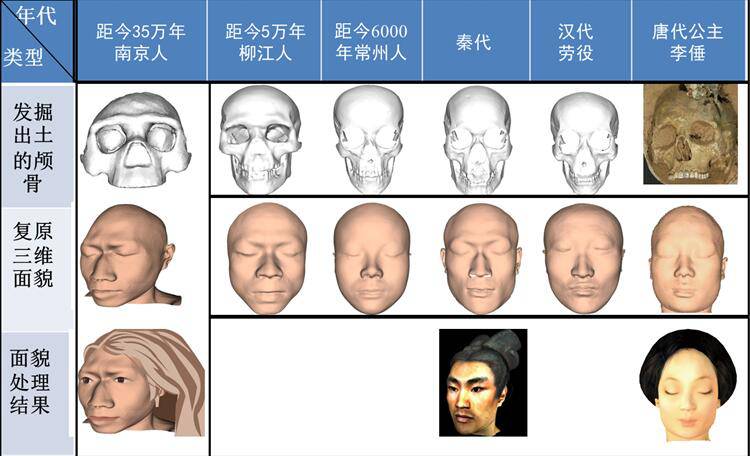 (The image shows some cases of ancient facial reconstructions)
(The image shows some cases of ancient facial reconstructions)
The final step is for researchers to compare the scanned skull data with the information from the center’s modern craniofacial database to ultimately reconstruct the appearance of the Qin Dynasty maidens.
Wait, are you a bit confused at this point?
Don’t worry, the research experts will answer your questions one by one!
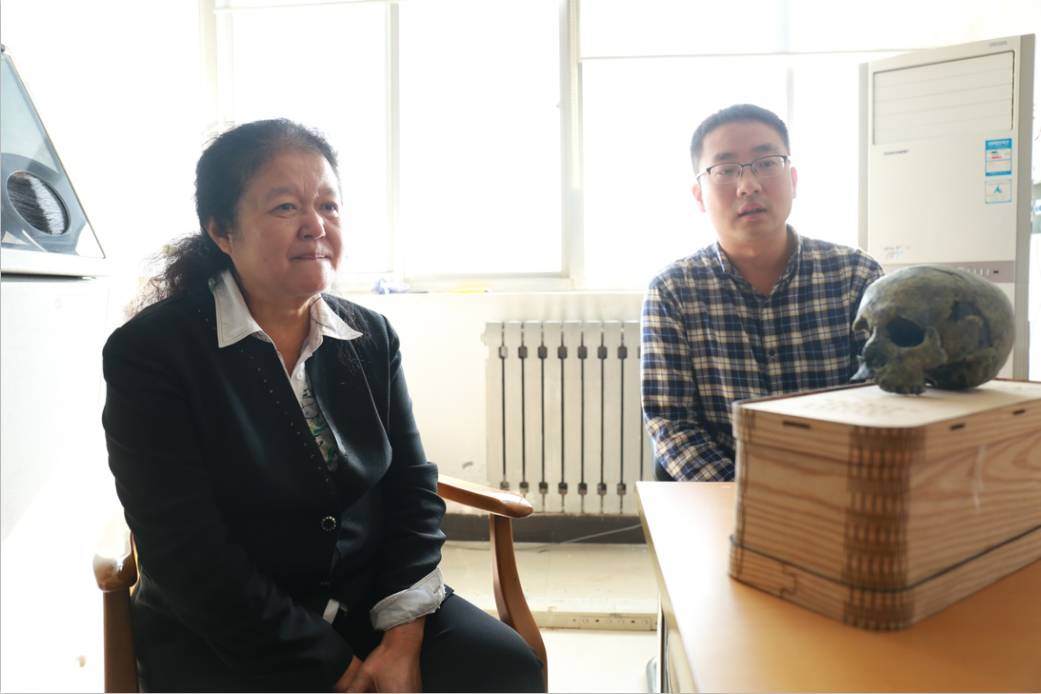
Reporter: What is the modern craniofacial database?
Li Kang:It is a database established by researchers at the engineering center led by Professor Geng Guohua, which contains craniofacial data of over 2,000 modern individuals collected through CT or 3D scanning and reconstructed in 3D.
Geng Guohua:Northwest University has pioneered the establishment of the “domestic modern craniofacial database”. Our database is the largest and most representative in China and even the world. The database is continuously expanding, as the more data we collect and the wider the coverage, the more accurate our craniofacial reconstructions will be!
Reporter: How do you reconstruct ancient appearances by comparing with the modern craniofacial database?
Geng Guohua:Through “Carbon-14” dating and anthropological analysis of ancient cranial remains, we can infer the age range at burial, and then extract the soft tissue thickness of individuals in the same age group from the existing modern craniofacial database, using this as a basis for reconstructing the ancient appearance. This “craniofacial reconstruction technology” is a joint research project with the Virtual Reality Engineering Research Center at Beijing Normal University.
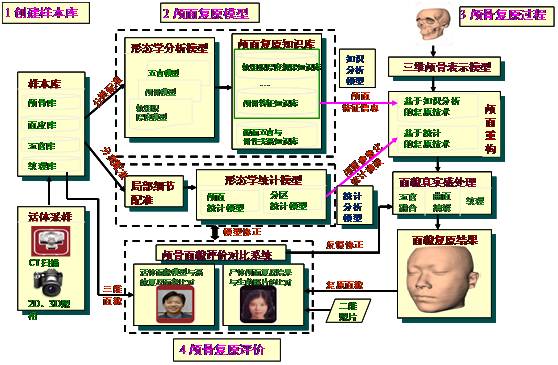
Reporter: What is the breakthrough of this craniofacial reconstruction technology?
Geng Guohua:The key to the technological breakthrough lies in the modeling and processing stages. Previously, craniofacial reconstruction involved using needles on cadaver samples to obtain soft tissue thickness, and then using clay modeling to recreate the appearance, which generally required experts to rely on experience. Now, we digitize the skull using CT or 3D scanning equipment, and base the reconstruction on the modern database, making it more scientific and accurate. This is a technological advancement and a certain degree of liberation.
Reporter: What significance does this technological breakthrough hold?
Geng Guohua:Our reconstruction method is not an artist’s creation, but rather a statistical model built on a large amount of scientific data from modern craniofacial studies, reconstructing the appearance corresponding to the skull. Therefore, the reconstructed appearance is more scientific and accurate compared to traditional manual reconstructions.
By now, do you understand a bit more?
In fact, this “craniofacial reconstruction of Qin Dynasty maidens” is not the first attempt by the engineering center at Northwest University; they have previously successfully reconstructed the appearance of Princess Li Chang, the fifth-generation granddaughter of Emperor Gaozu of Tang.
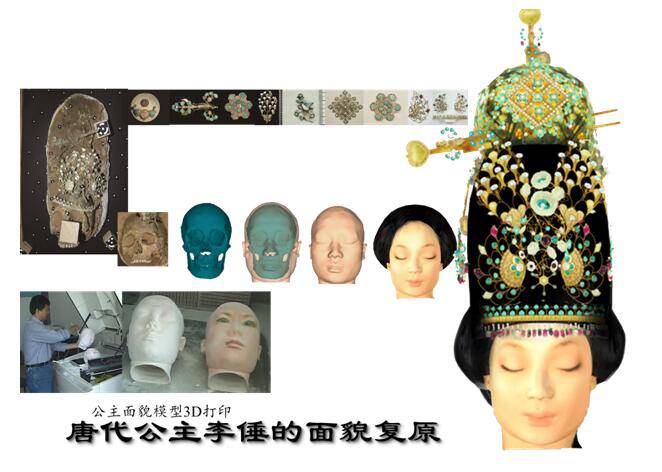
Geng Guohua told reporters, “The cranial appearance reconstruction of the Qin Tomb is just one application of our research in ‘Craniofacial Morphology Informatics’ in the field of archaeology. This is not only to ‘reconstruct the famous ancient craniofacial features’ but also to provide technical conditions for further research by archaeologists.
Craniofacial Morphology Informatics is a science that uses computer technology to study the morphological structure, variation laws, and interrelationships of digitized skulls and faces. It combines applications from multiple fields to form projects based on skulls for facial reconstruction, identity verification, and digital skull repair, belonging to new technologies in computer applications. Our research is based on the craniofacial scientific system of the Chinese craniofacial database, revealing the physical anthropological characteristics of different ethnic groups and breaking through the limitations of traditional anthropological research methods, which are often subjective and based on small data sets, effectively supporting applications in identity verification, craniofacial reconstruction, and maxillofacial medicine.
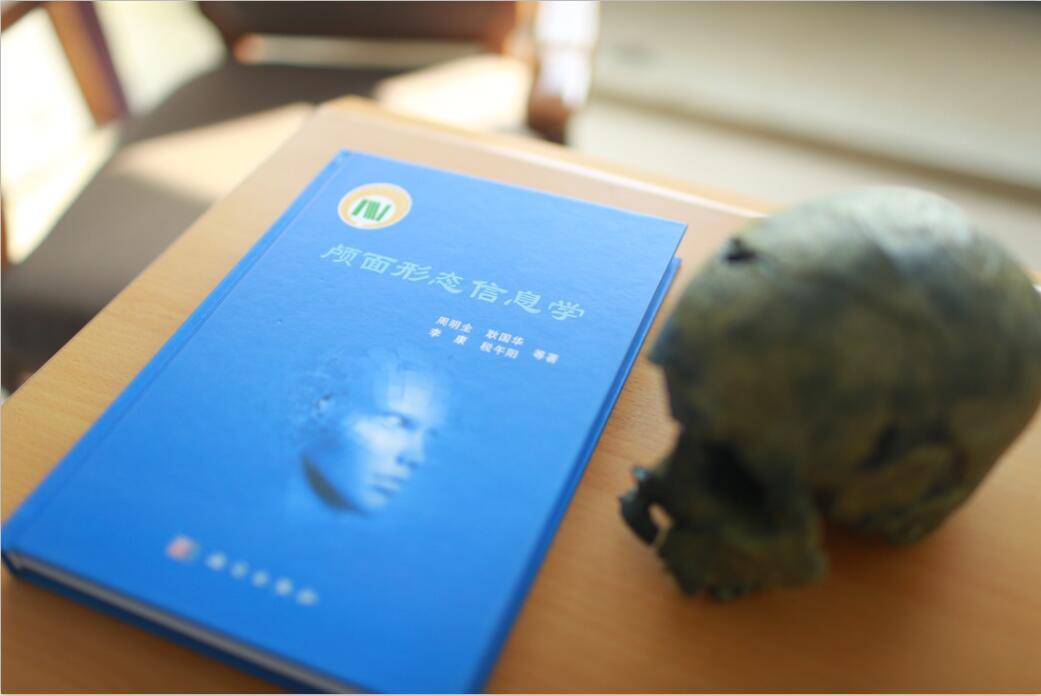
“After basic restoration and protection, unearthed artifacts are generally exhibited or stored, so they cannot be kept in the laboratory for long-term study by archaeologists. 3D digitalization equipment can help archaeologists retain a virtual 3D entity that is a 1:1 high-precision representation of the real artifact in the computer. Subsequent research or analysis by archaeologists can be completed based on the virtual 3D dataset without direct contact with the artifacts. After processing, the virtual data can also be presented using 3D printing technology, achieving a process of ‘real→virtual→real‘.
“Computer-assisted craniofacial matching” — Successfully applied in 68 cases by the police
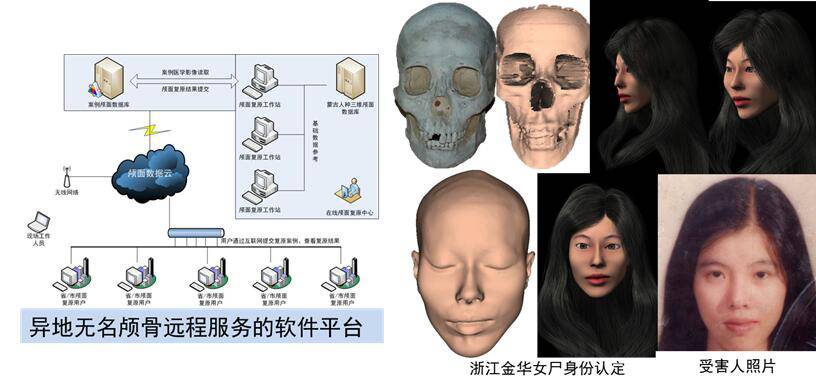
“We have been collaborating with the Ministry of Public Security’s Forensic Evidence Identification Center for 20 years,” Geng Guohua said, “originating from a research project proposed by the Ministry of Public Security during the ‘Ninth Five-Year Plan’ technology development period. To identify the identities of nameless remains, we apply our craniofacial reconstruction platform and use the ‘craniofacial matching’ technology for identity verification.”
“This technology has been successfully applied in 68 cases of craniofacial reconstruction of unidentified remains submitted by public security agencies.”Geng Guohua introduced with a hint of pride.
“Identity verification” is one of the three main application areas of “Craniofacial Morphology Informatics,” providing important assistance to criminal investigation work by the Ministry of Public Security. For example, when investigating the identity of unidentified remains, 3D cranial data can be compared with the ID photos of missing persons in the database, effectively narrowing down the search range and allowing for identification within a certain range of suspects.
In addition, this technology also has significant applications in medicine.For example: cosmetic surgery, repair of congenital facial defects, etc.
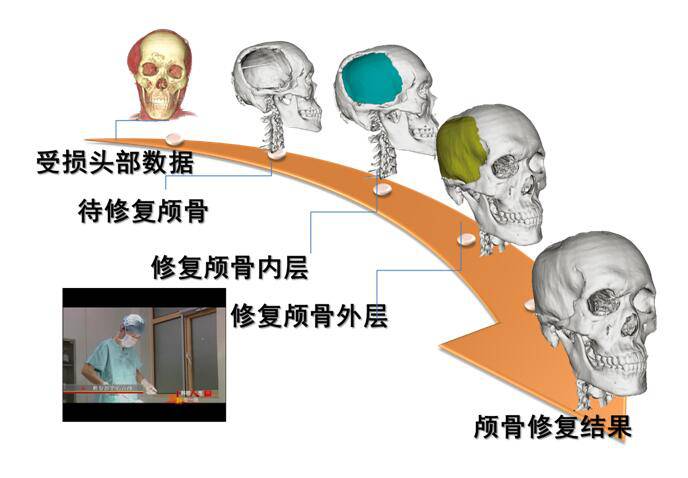
In addition to conducting research and applications related to craniofacial morphology, the engineering center also focuses on forward-looking research in information technology, integrating modern archaeological methods, and aims to develop and engineer technologies for the digital inheritance, protection, and dissemination of Chinese cultural heritage. It leverages the traditional advantages of Shaanxi Province and Northwest University in cultural heritage resource and protection technology research, collaborating with the Terracotta Army of the Qin Emperor, the Shaanxi Provincial Archaeological Research Institute, and the Shaanxi Provincial Institute of Cultural Relics Protection to carry out research and application work related to the digital protection of cultural heritage. The main research areas include digitalization of cultural heritage, 3D modeling of excavation sites and artifacts, virtual restoration and reconstruction of artifacts, digital management and services for archaeological information, and key technologies and application platforms for virtual reality-based archaeological scenes and virtual reproductions of artifacts.
“Producing first-class results while cultivating first-class talent”
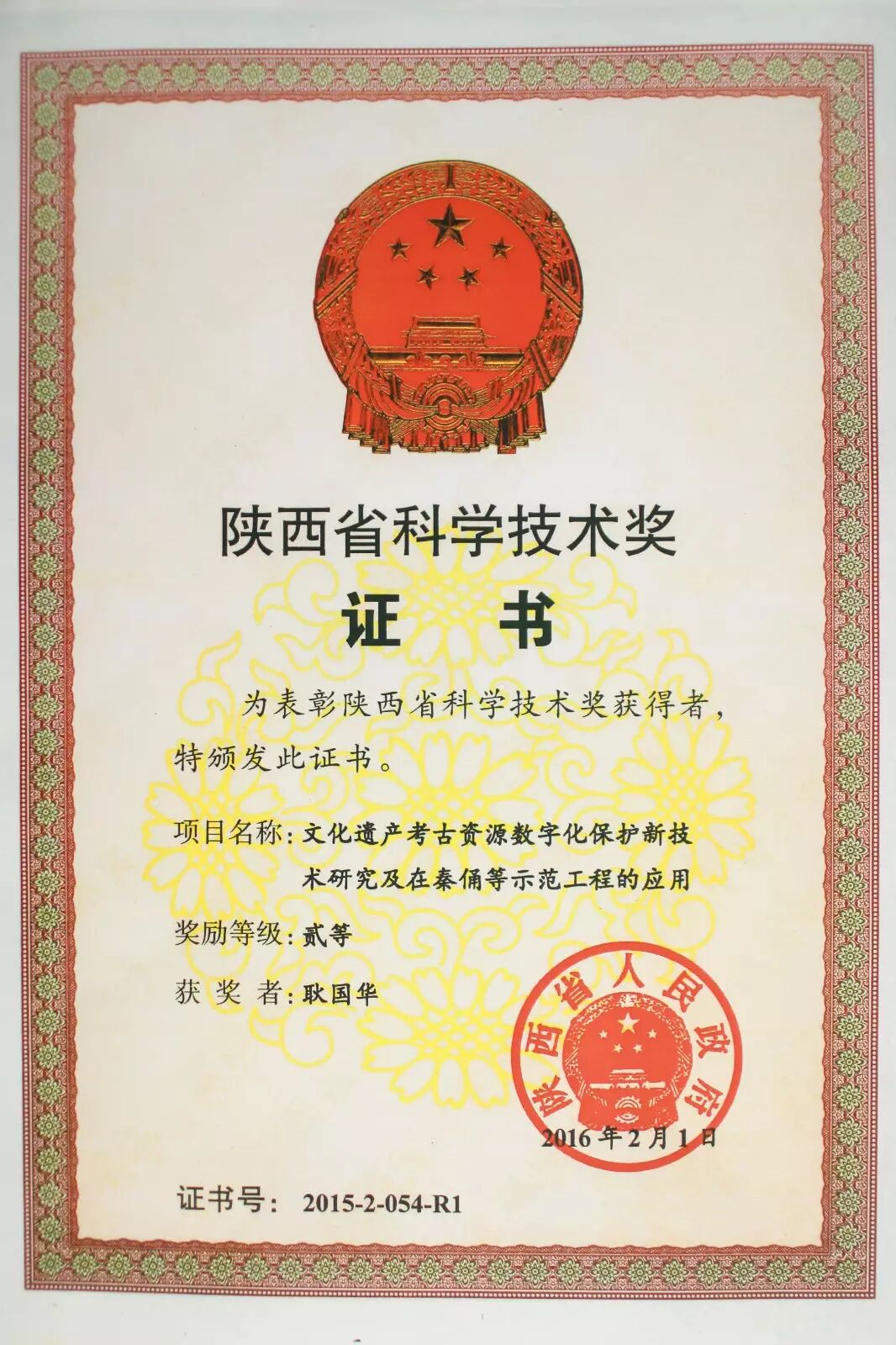
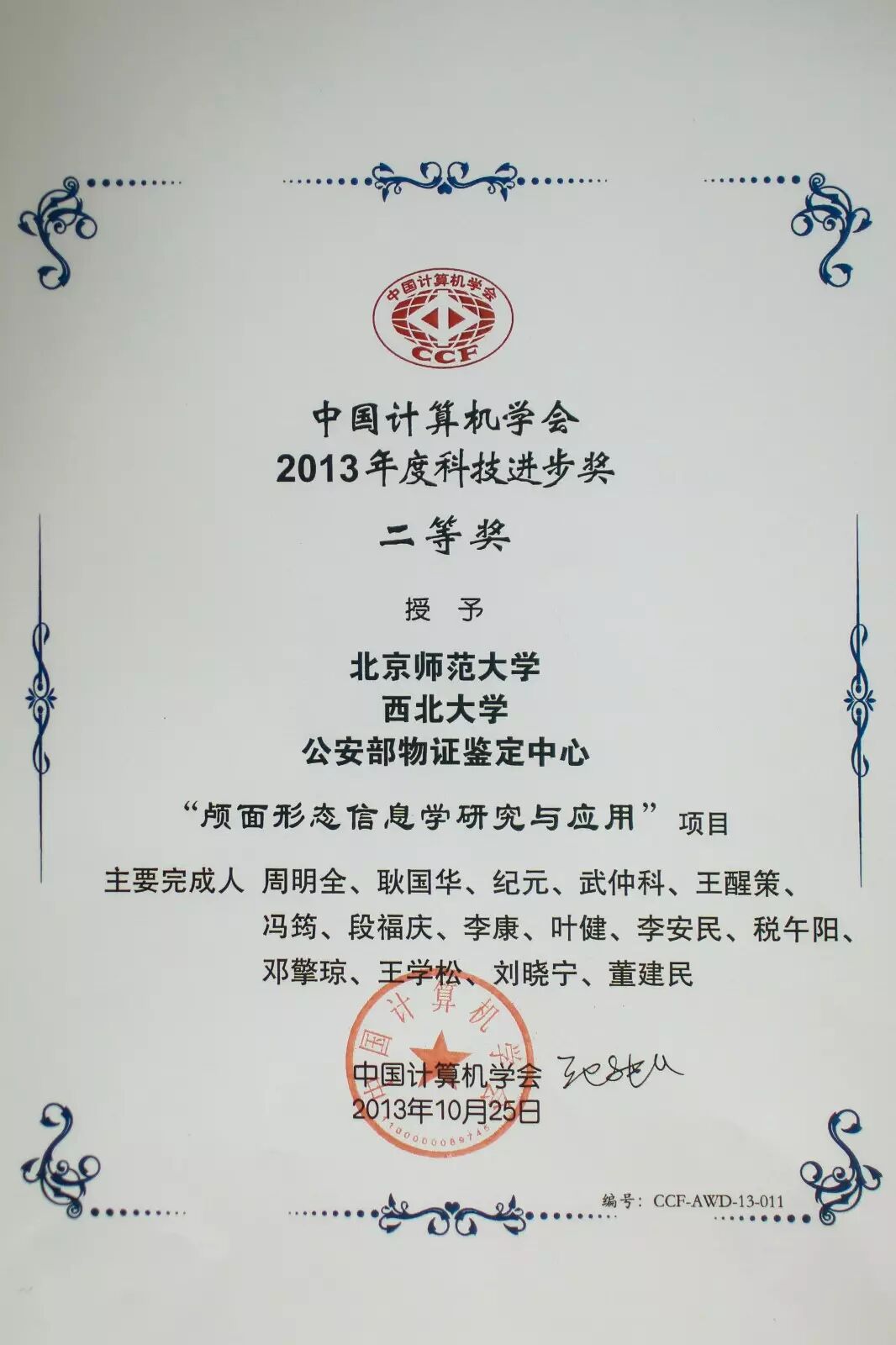
Geng Guohua is the director of the engineering center, and her research in “Craniofacial Morphology Informatics” has spanned over 20 years. She is a national-level teaching master and has received numerous national and provincial-level awards for her teaching and research, achieving fruitful results.
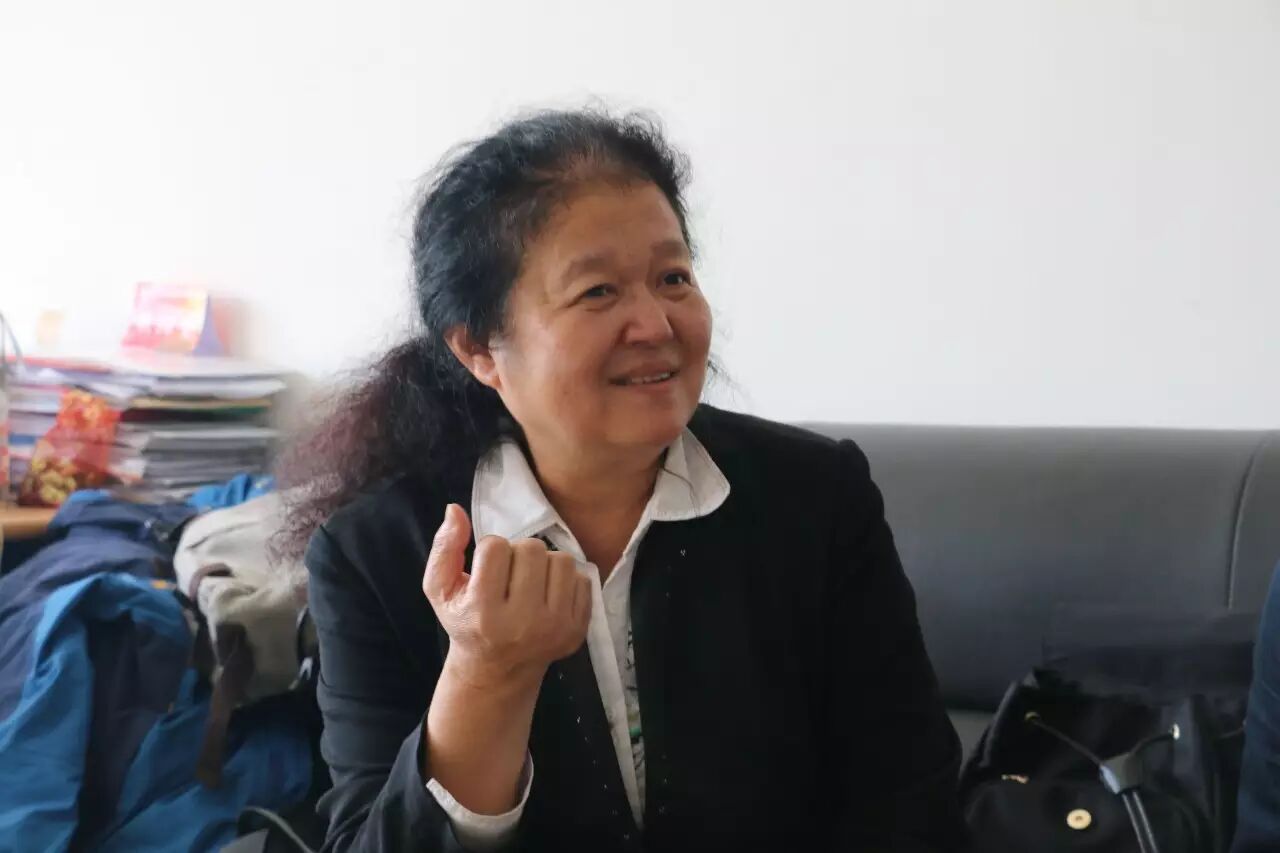
“What I pursue now is no longer a title or award, but to do a few meaningful things that contribute to society. ‘Producing first-class results while cultivating first-class talent’ has always been my belief and unwavering goal. The bigger the stage in my heart, the bigger the stage I can create!”
Interviewed by: Chen Yang, Zhang Zixuan, Shen Yiyang, Liu Xiaoxu
Text by: Shen Yiyang Images by: Huaren
Edited by: Liu Xiaoxu Chief Editor: Li Chen
BBC video sourced from the internet
